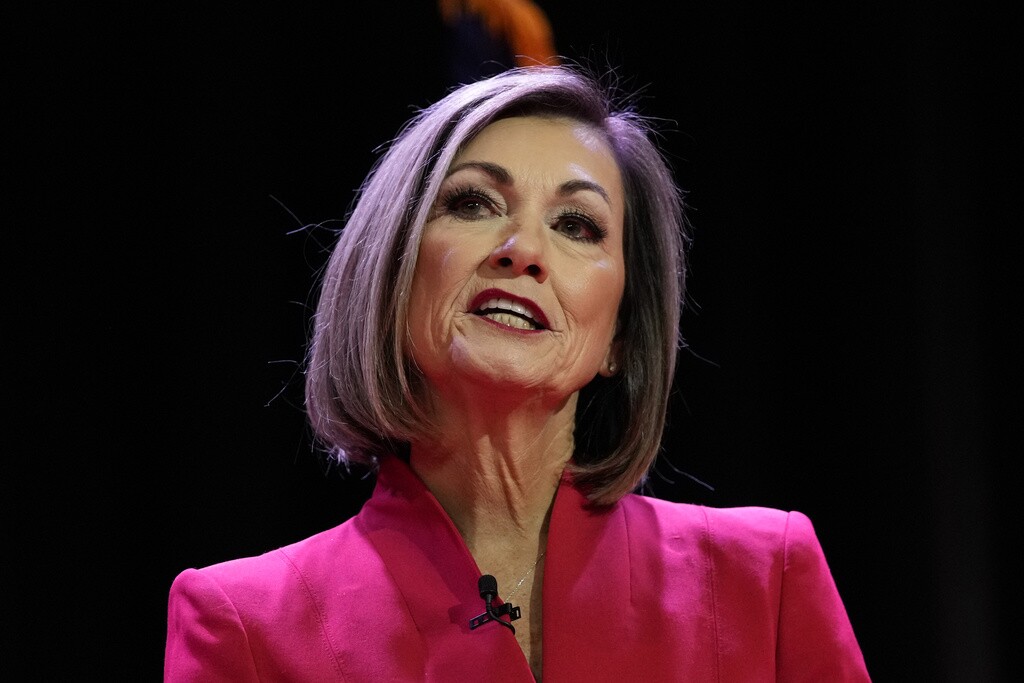The Biden administration unveiled a new policy to show it means business on lowering unauthorized border crossings between official ports of entry, aimed at asylum seekers.
It will effectively try to shut down asylum requests under existing law if encounters average 2,500 a day over seven days. Based on current data, the executive order should trigger right away.
The latest U.S. data shows encounters with migrants along the southwest border are down month to month as well as year over year, with about 180,000 encounters in April 2024.
Senior Biden administration officials say the numbers reflect increased border enforcement and cooperation with the Mexican government, as well as increased legal pathways to entering the country.
Now the U.S. government is set to enforce more stringent standards for migrants seeking asylum and will rapidly remove those judged to not meet those criteria.
Some immigration law experts view the announcement as purely political.
"President Joe Biden hopes that by seeming tough on the border, he will be able to deflect the criticism that the Republicans have thrown at him about being soft on immigration. But, you know, this is going to be challenged in the courts," said Cornell Law School professor and immigration attorney, Stephen Yale-Loehr.
Yale-Loehr expressed doubts about the policy change, saying, "It's not going to deter people who really have a fear of persecution from coming to the United States border."
Immigration advocates who think the policy violates asylum laws are likely to challenge it in the courts, while border hawks want even tougher enforcement.

Immigration
Biden administration challenges new Iowa law that targets illegal immigration
Either way, critics of border and immigration policy say presidents in both parties, as well as Congress, have only tinkered at the edges of the issue for decades.
Some critics believe creating more friction for asylum seekers — whether with more walls, more law enforcement or tougher laws — only creates a perverse incentive, in which smugglers and criminals reap rewards.
"The harder it is to cross the border, the more money you're going to see people hand over to someone who's promising that," said David Bier, an immigration policy expert at the libertarian-leaning Cato Institute.
Bier adds that the tightening of asylum seeking will mean more people will try to evade federal agents, creating more danger.
"This is a moneymaker for cartels. And if they start putting people back in Mexico, which seems to be the operational goal here ... then that's repeat customers," Bier said.
He adds that the Biden administration was doing the right thing by opening legal pathways for people to cross and claim asylum in an orderly fashion. He says the proof is the figure for "gotaways" — that's the description for people who flee federal agents and law enforcement.
Data obtained by Cato shows the number of those people fleeing is down overall from when the government expelled people right away using the public health law known as Title 42.
The policy limits asylum applications by stopping acceptance once daily crossings between ports of entry average 2,500 over seven days, and effectively closes the border to asylum seekers once daily crossings drop to 1,500 a day, a number not seen since the pandemic era in 2020.



